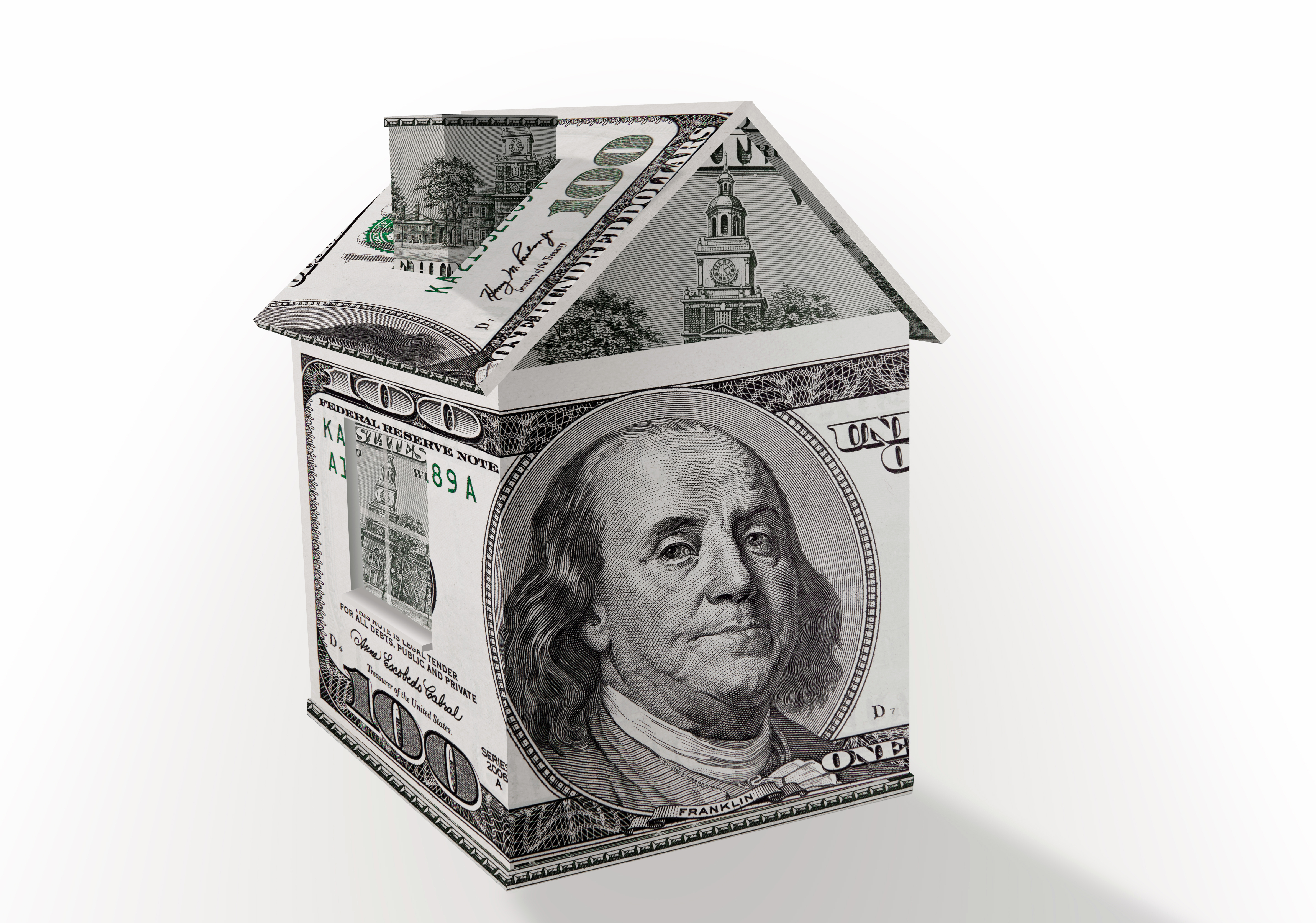Photo credit: 401(K) 2012
Least-qualified borrower credit score rates are similar before and after housing crash
Since the post-housing crisis, credit availability has tightened for mortgage purchases. During the past five years, borrowers who took out mortgages have paid their mortgages better than any other group of mortgage borrowers in history. While this is favorable for many components of the housing industry, is the credit box too tight?
Goodman analyzed Freddie Mac and Fannie Mae-backed loans during the period 1999-2003 and compared them to loans made between 2011 and through the end of the first quarter of 2015. Sixty-nine percent of borrowers with mortgages in the latter period had credit scores better than 750, while only a third of borrowers with mortgages between 1999 and 2003 had credit scores better than 750. The default rate on loans made during the earlier period was less than 2% after 10 years, compared to less than 1% of loans made during 2011-Q2 2015 defaulting.
Goodman wrote, “the best borrowers are getting loans today and these loans are so thoroughly scrubbed and cleaned before they’re made that hardly any of them end up going into default. A near-zero-default environment is clear evidence that we need to open up the credit box and lend to borrowers with less-than-perfect credit.”
The Mortgage Bankers Association’s (MBA) credit availability index tracks the ease of obtaining a mortgage by factoring in data such as institutional loan buyer guidelines and risk tolerance and credit scores. The index shows that credit boxes have dramatically opened after 2011, but has leveled off since the middle of 2015 and are well below 2004 levels, the last year for reasonable lending and credit scores.
According to Fannie Mae’s data, 25% and 30% of loans made to the least-qualified borrowers (credit scores lower than 700 and LTV ratios higher than 80%) between 2006 and 2007 defaulted. This is in comparison to a 5% default rate for borrowers with similar credit scores who obtained a mortgage between 1999 and 2003.
While lower-qualified buyers were cited as part of the reason for the housing market crash, the data shows that one-third of the buyers in the mortgage pools from 1999-2004 and 2006-2007 (the height of the crash) had similarly low scores.
“What changed was that there was a toxic mess of bad loan products in the 2006 and 2007 pool such as exploding ARM’s and liar loans,” said Sheryl Pardo, associate director of communications with the Urban Institute. She said, “The credit profile of the borrower did not change. According to the Urban Institute, just 10% of mortgage borrowers between 2011 and 2015 had credit scores lower than 700.
Limited credit availability affects more than the potential borrower not being able to buy a home at the point in the economic cycle when it’s advantageous to do so, tight credit boxes can put a damper on the recovery of the housing market and ultimately the economy as there is less spending on home furnishings, renovations, landscaping and other homeowner-related purchases.
Sources:
Market Watch. Why it’s gotten so hard for many people to get a mortgage
HousingWire. Here’s “clear evidence” the credit box is way too tight
Urban Institute. Where Have All the Loans Gone?


